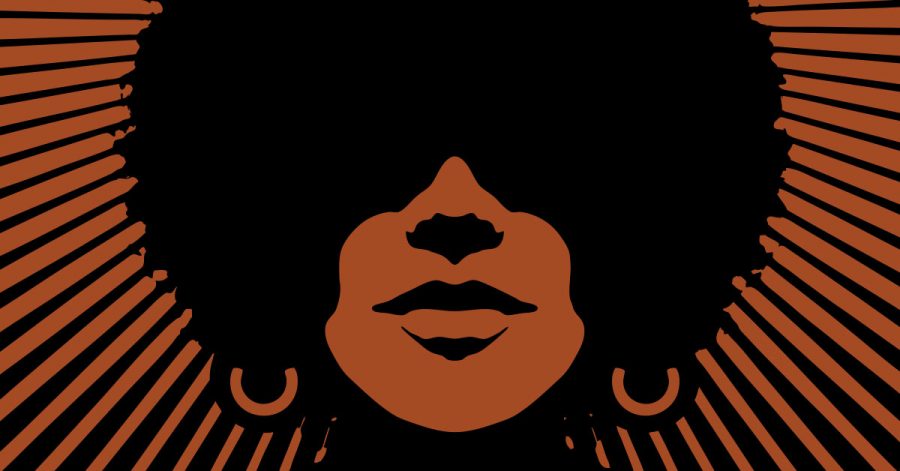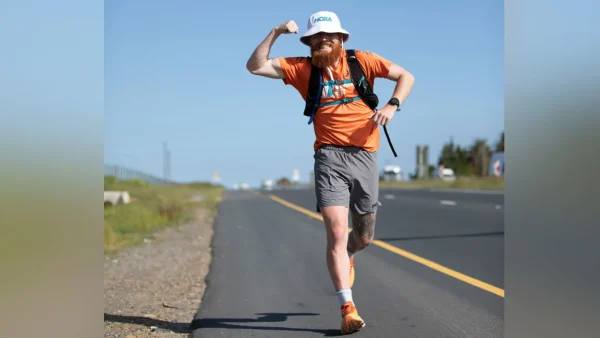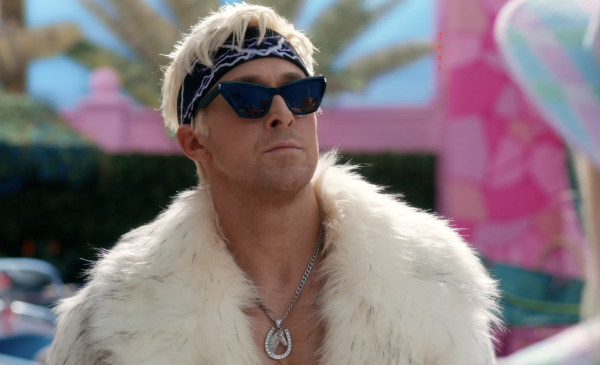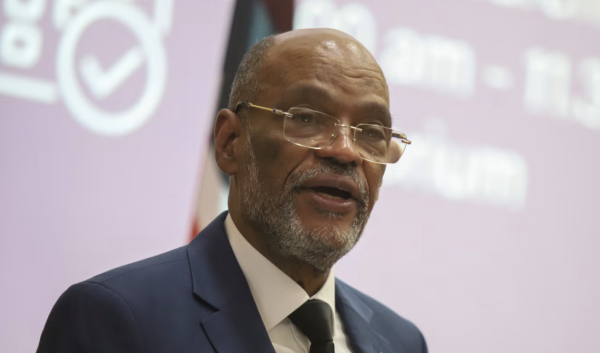Black History Month Retrospective
Travelling Through the History of Black Accomplishments in Ohio
The City University of New York
Black History Month artwork commisioned by a university student at The City Univeristy of New York
March 4, 2021
Starting on February 1 and until March 1, is Black History Month. Black History Month is to commemorate and celebrate the lives and the accomplishments of the black community and the people of color that uphold the community. This article will be showcasing the accomplishments of the Black Community in Ohio.
The first Civil Rights group we will showcase is Future Outlook League (Cleveland, OH) and the Vanguard League (Columbus, OH). From the end of the 1930s to the early 1940s, both groups began to organize and pursue boycotts and strikes against segregated public places. These early demonstrations were opening up paths to two basic freedom rights, housing/shelter, and jobs. Both organizations were later affiliated with the Congress of Racial Equality (C.O.R.E). C.O.R.E was later a crucial part of the later Civil Rights Movement in the 1960s. Future Outlook League and the Vanguard League were stepping stones for the Civil Rights Movement and gave inspiration for the sit-ins and demonstrations that were organized by Dr. Martin Luther King Jr and other leaders.
Below are photographs of the Future Outlook League and the Vanguard League.
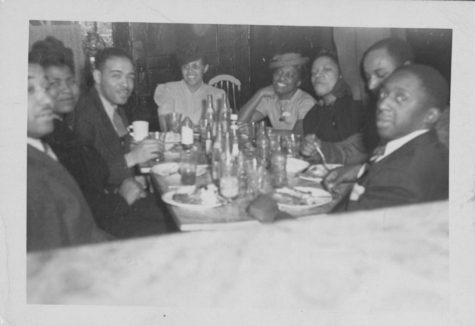
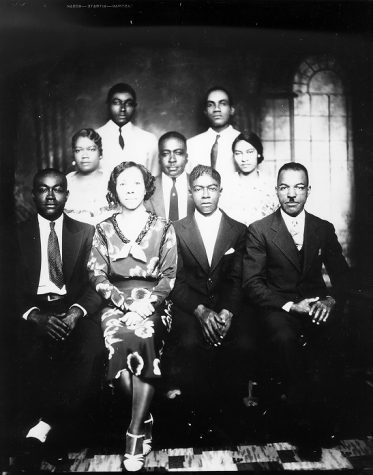
The second civil rights icon is, Jesse Owens. Jessie Owens was born as James Cleveland Owens in 1913 in Oakville Alabama. His athletic career took off when he was welcomed to join his local high school track team. Owens started college at Ohio State University in 1933 and on May 25, 1935, he set three world records in seventy minutes in Ann Arbor, Michigan. This world record broke ended up breaking records for the broad jump, 220-yard low hurdles, 220-yard dash, and attempting the 100-yard dash record. In 1936, Owens participated in the 1936 Olympic Games held in Berlin, during the Nazi regime. This was where Owens went on to set three Olympic records and win gold medals in the 100-meter dash, 400-meter relay, the broad jump, and the 200-meter dash. Owens was the first-ever American in the history of Olympic track/field to win four gold medals in a single Olympics game. The information is courtesy of Britannica. Below Jessie Owens is pictured.
The last civil rights icon is, Sojourner Truth. Sojourner was an African American evangelist, abolitionist, author, and women’s rights activist who lived a tragic life as a slave, serving several masters throughout New York before escaping to freedom in 1826. After gaining her freedom, Truth became a Christian. Through what she believed was God’s urging, preached if abolitionism and equal rights for all, emphasized in her gripping “Ain’t I a Woman?” speech, delivered at a women’s convention in Akron, Ohio in 1851. She continued her crusade for the rest of her life, acquiring an audience along with the 16th President Abraham Lincoln and becoming one of the world’s best-known human rights campaigners. All information is provided by The National Women’s History Museum Below is Sojourner Truth.
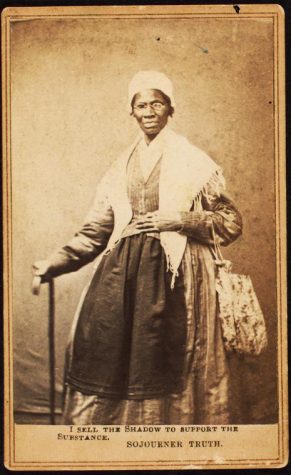
As of 2018, the graduation rate for black Americans that completed a bachelors degree or higher degrees increased about 26% more than black students in the past years dating back until 1940. Black women have had 25.4% increase, black men have had a 22.1% increase and as a whole, the black population alone has seen a 23.9% increase in graduation overall. These statistics were provided from the United States Census Burea on “Black education on the rise”. So what do these statistics mean? These statistics show that more and more black men and women are getting higher education than before, allowing them to be educated on Black History and the struggles that people of color have faced for centuries. Education is a key component for people to learn the struggle and how to prevent it for future generations.


